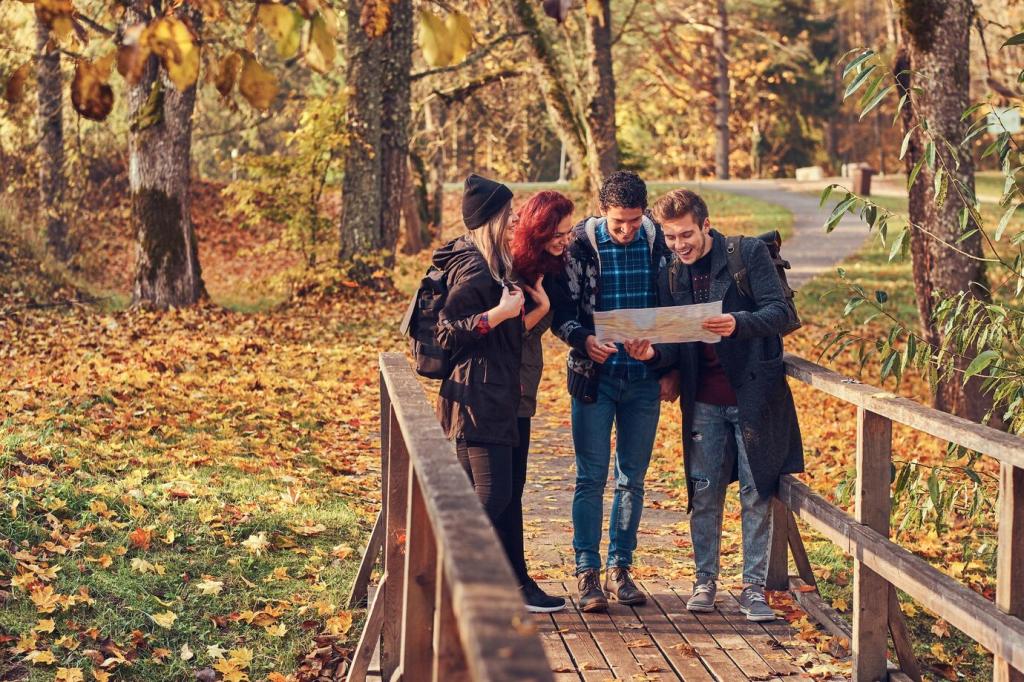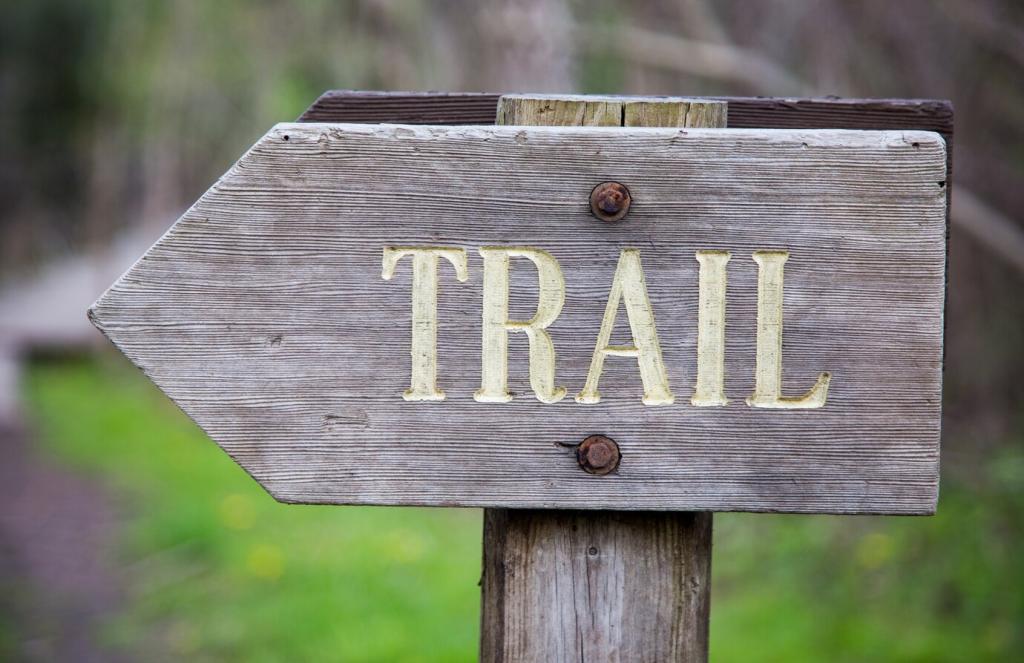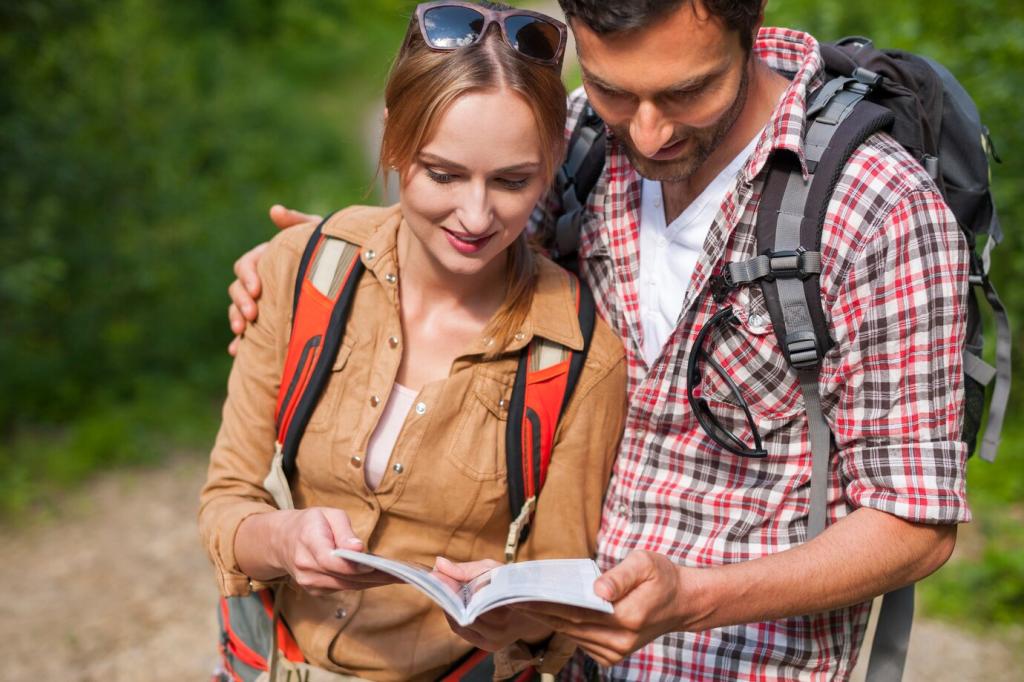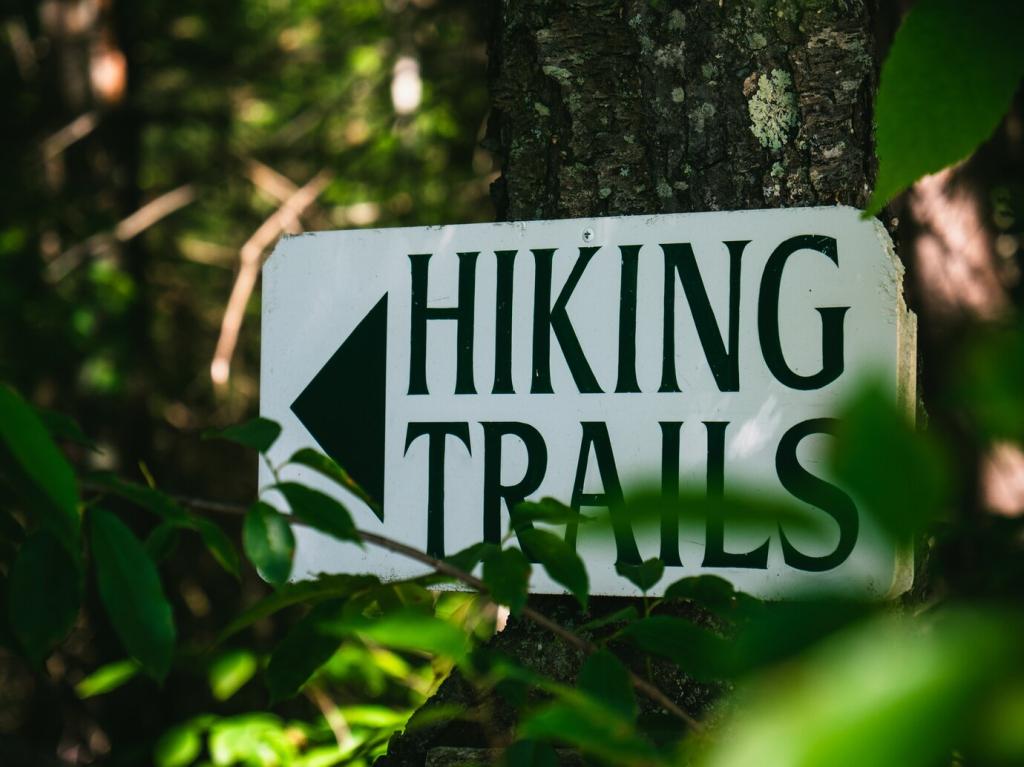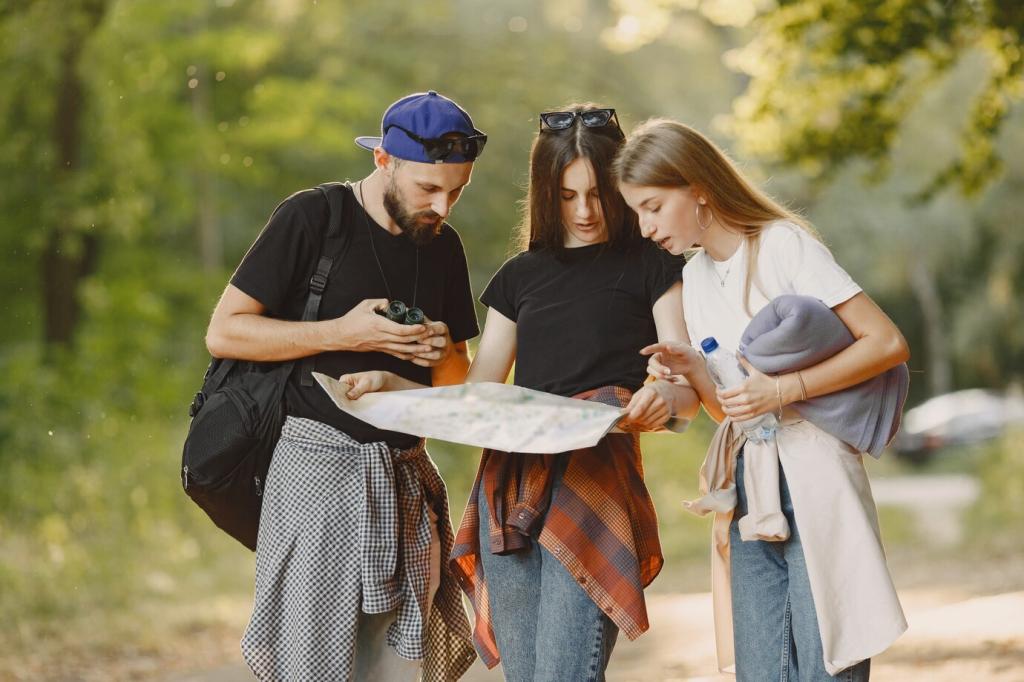Cooling Tricks That Change the Game
A damp cooling towel on your neck, a wetted bandana under your hat, or lightly soaked sleeves can drop perceived temperature fast in dry climates. Manage water budget carefully in the backcountry. What cooling hack has genuinely saved your spirits on a scorching climb?
Cooling Tricks That Change the Game
Start before dawn, siesta through the white-hot hours, and finish late. Read the land for shade: canyon walls, boulders, and sparse trees. Consider red-light headlamps for pre-dawn trail finding. Want a printable timing checklist for heat waves? Subscribe and we’ll send our favorite planning template.

